Has Russia really kicked Ukraine out of Kursk?
As Putin prepares to celebrate Victory Day, talk of triumph on the border may be premature.
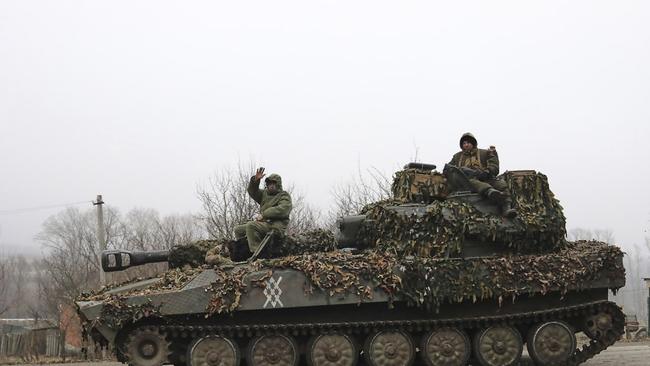
After months of fighting, Kursk’s liberation was heralded by grainy drone footage of a soldier waving a Russian tricolour from the roof of a ruined house.
The video, published on Saturday by Russian military bloggers, was apparently shot in the village of Gornal, the last outpost held by Ukraine on Russian soil.
Wasting no time, President Putin made an announcement he had ached to deliver for eight months, declaring the complete eviction of Ukrainian forces from the region.
Kyiv has rejected this claim as a “wishful thinking”, however. Independent assessments suggest that although Russia has mostly recaptured Ukrainian positions in Kursk, the borderlands remain a grey zone of contested territory.
Rybar, an authoritative Russian military blogger, said on Monday that Ukrainian troops remained in gullies and ravines along the border.
“They are inaccessible and difficult to pass through, and therefore the enemy is likely to be able to hold on to them for some time to come - even with constant shelling and drone strikes,” the blogger said.
In recent weeks, Russian troops have launched their own cross-border forays into Sumy, the Ukrainian region adjacent to Kursk. This is thought to be an attempt to create a buffer zone.
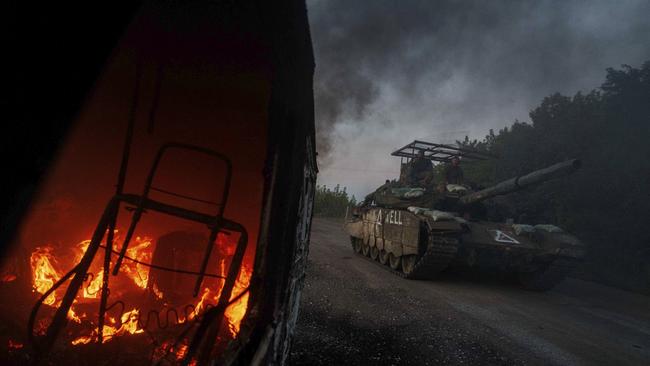
Rybar said, however, that they had yet to achieve that, leaving soldiers open to continued cross-border raids and assaults by small bands of Ukrainian special forces units.
On Sunday, Ukraine’s 73rd Naval Special Operations regiment said they had raided Russian positions in Kursk, capturing two soldiers from the 810th Marine Brigade.
The claim appeared to later be confirmed when the acting commander of the 810th reported to Putin that “scattered groups and individual soldiers” remained in the region - contradicting the president’s declaration of victory in Kursk only a day earlier.
The Institute for the Study of War also reported last week that fighting continued in the Russian region of Belgorod, which is contiguous with Kursk.
The Kremlin’s claim to have recaptured Kursk may have more to do with timing than the current state of the battlefield.
Next Friday, Russia will mark the 80th anniversary of triumph over Nazi Germany, a celebration known as Victory Day that looms large in the calendar of Putin’s martial regime.
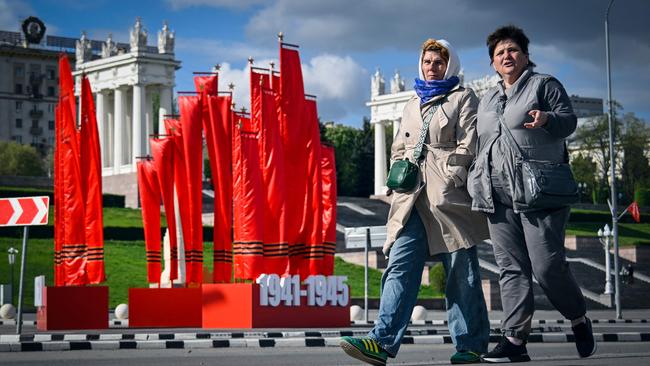
Having already suffered the ignominy of becoming the first Russian leader since the Second World War to lose territory to a foreign power, Putin will be acutely aware that the annual display of military might on Red Square will look far less convincing if a corner of that territory remains under occupation.
Putin’s public gratitude to Kim Jong-un demonstrates just how much he owes to the North Korean leader for granting him at least a modicum of plausibility in claiming victory on Kursk.
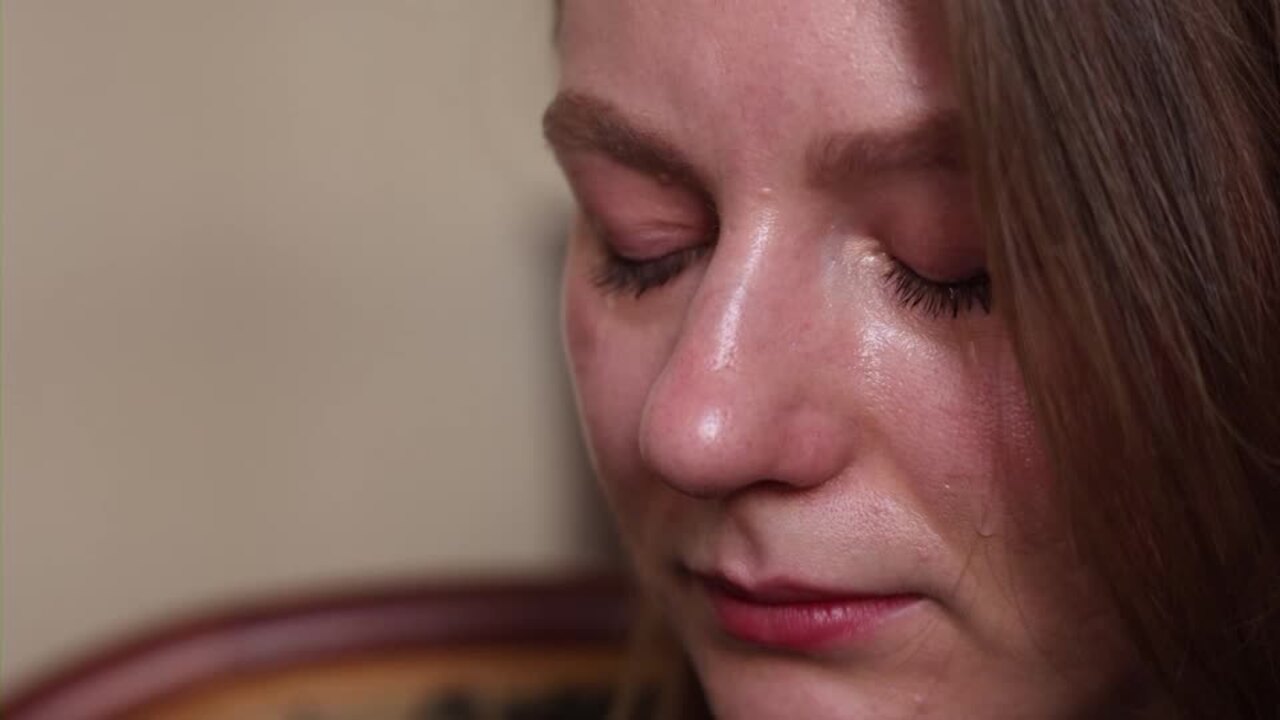
Kim deployed 11,000 elite soldiers in November 2024, then sent an additional 3,000 in February. Compared with their Russian comrades, the North Koreans were well trained and highly motivated. They initially suffered heavy losses due to outmoded tactics that left them vulnerable to drone attack, but regrouped in February to help achieve significant advances.
By late February, Ukrainian forces had lost about two thirds of the 500 square miles of territory they originally seized in August. By March they had lost Sudzha, the main town they had been holding on the Russian side of the border, and retained only a small piece of land.
One Ukrainian special forces commander with the 4th Rangers Regiment who served in Kursk between October and March said that in some areas of the front the arrival of North Korean troops brought the ratio of enemy to Ukrainian fighters to 20-1.
“It’s difficult to defend when you have a hundred guns pointing at you,” he said.
The Times

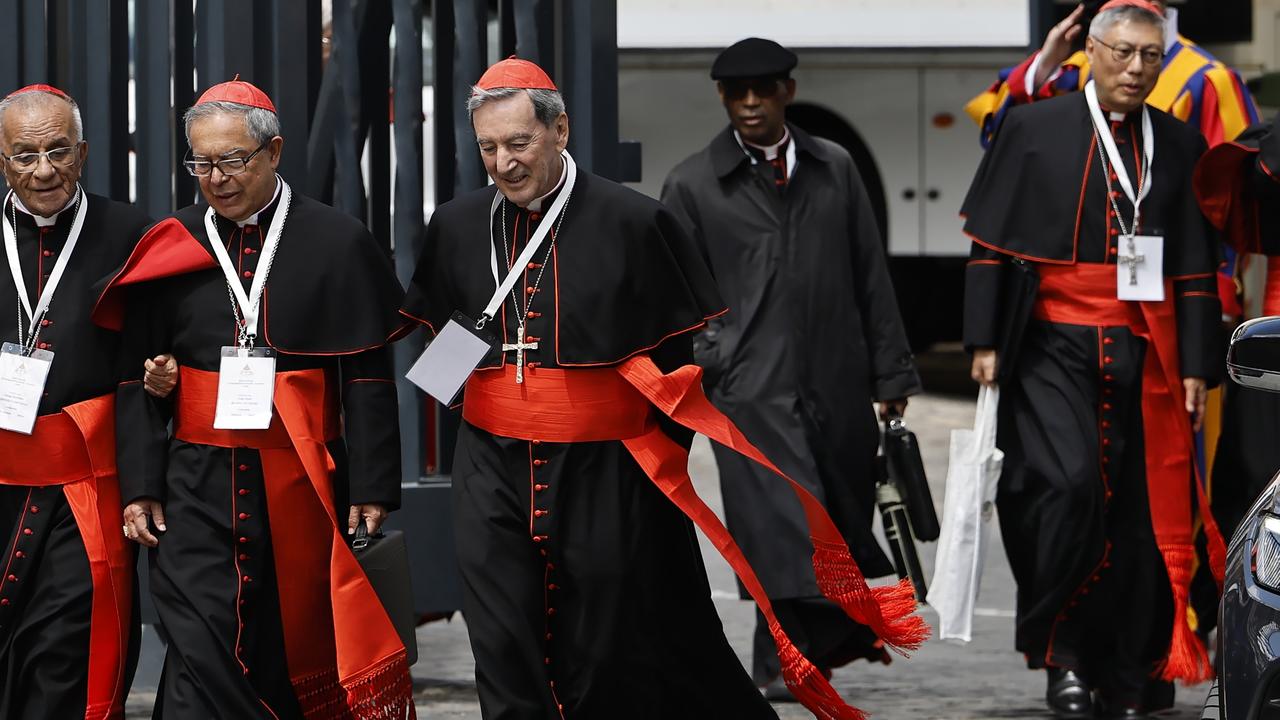
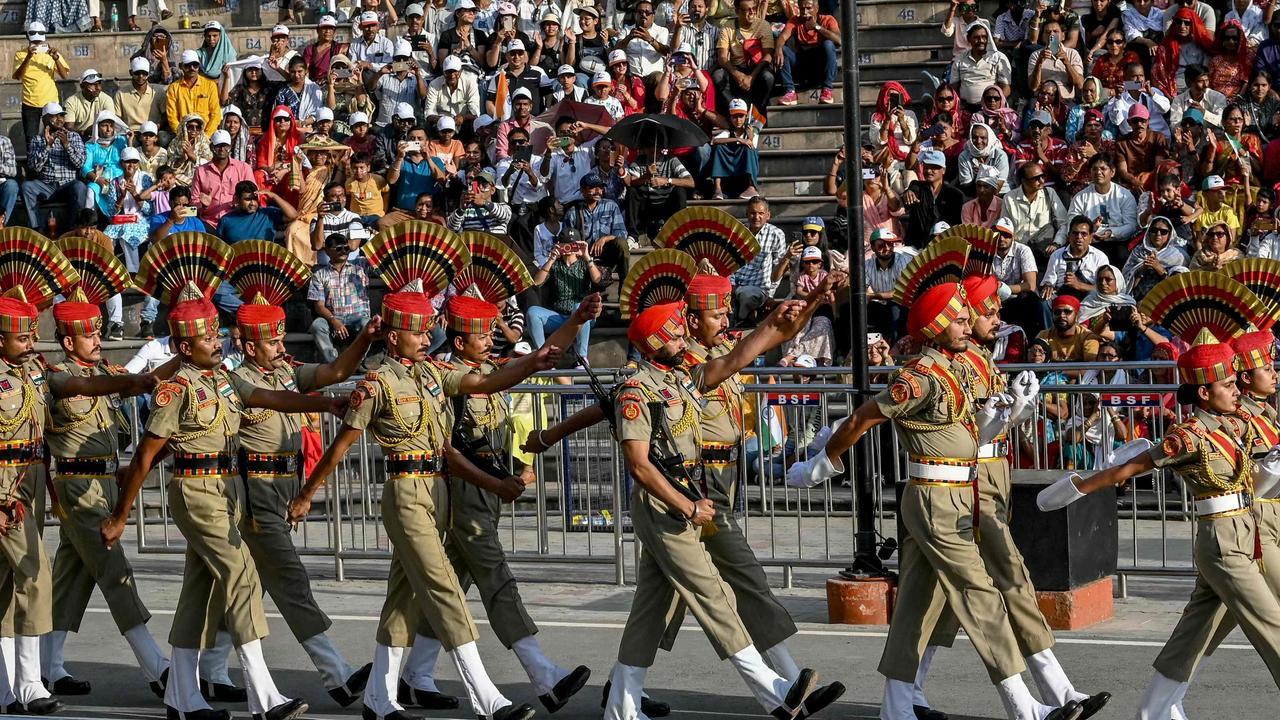
To join the conversation, please log in. Don't have an account? Register
Join the conversation, you are commenting as Logout